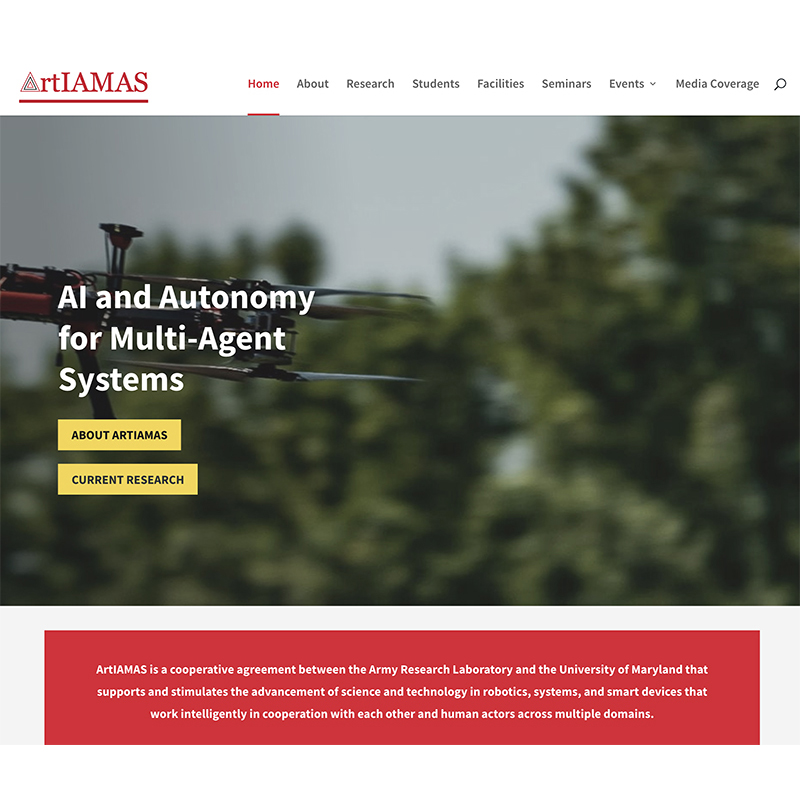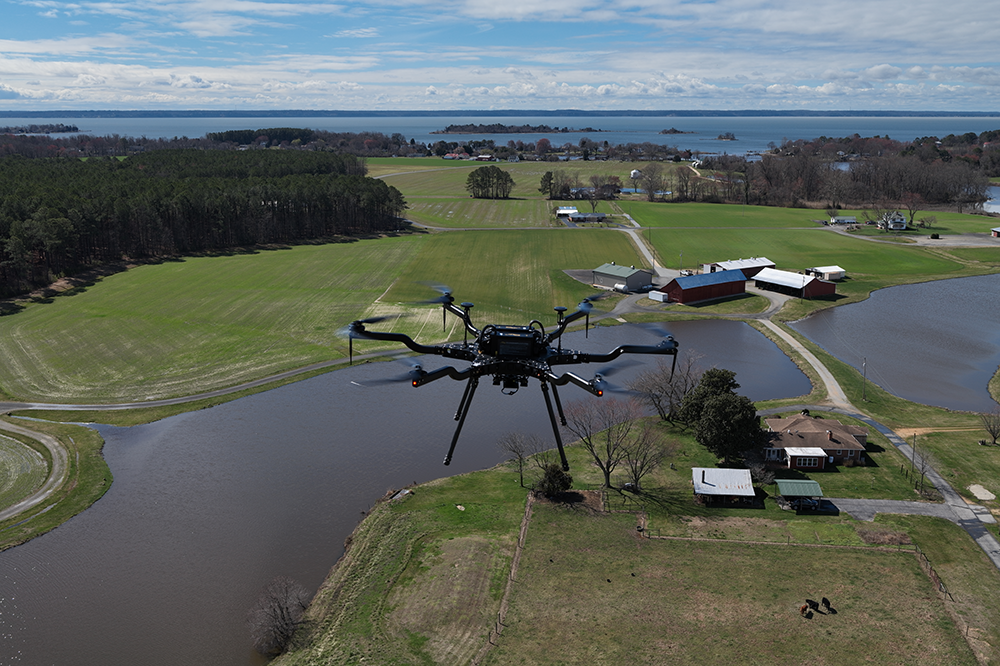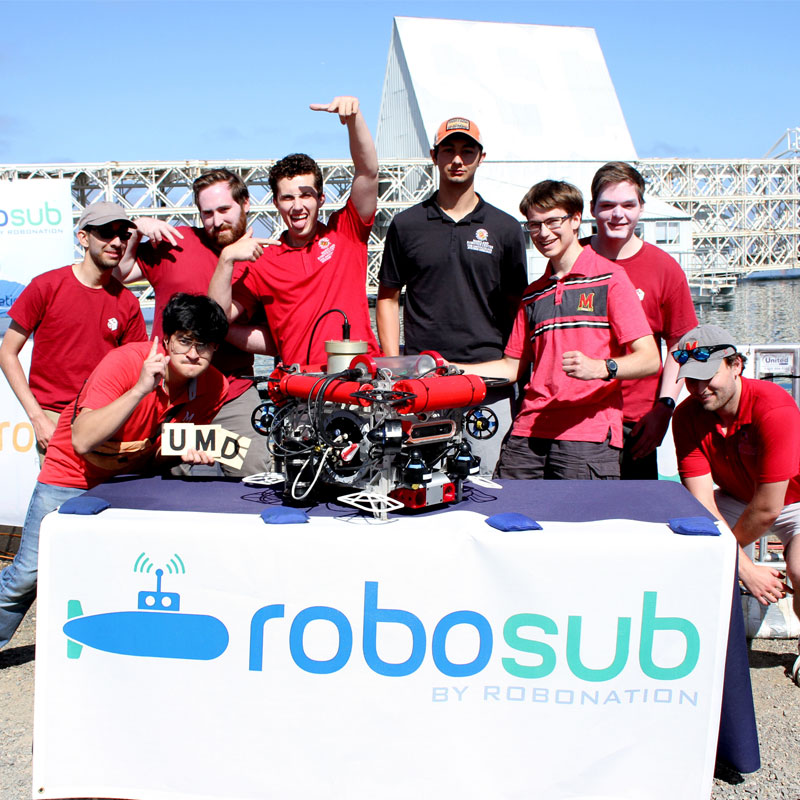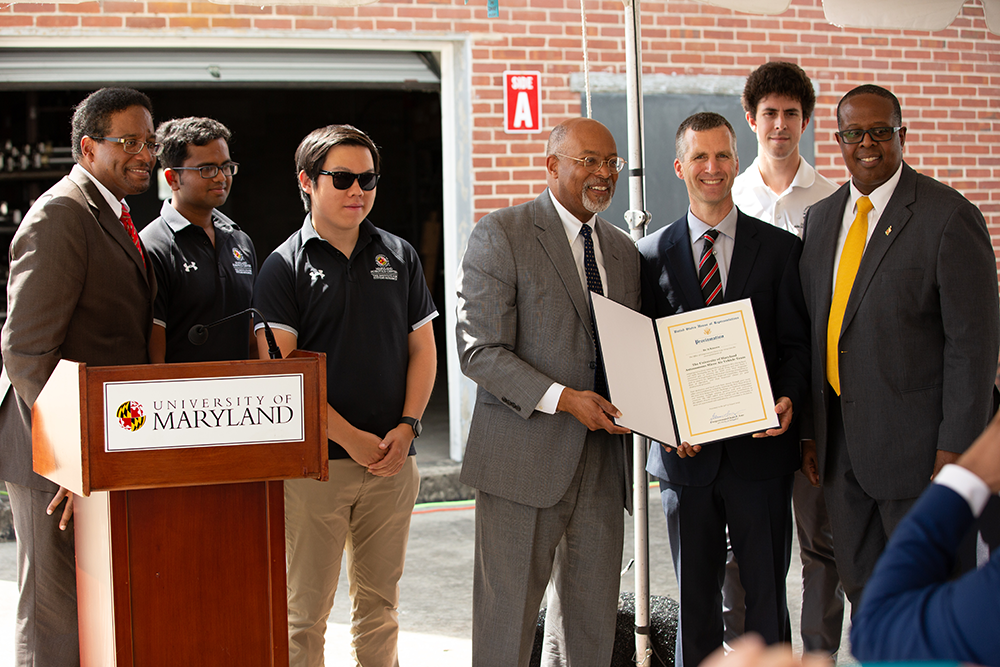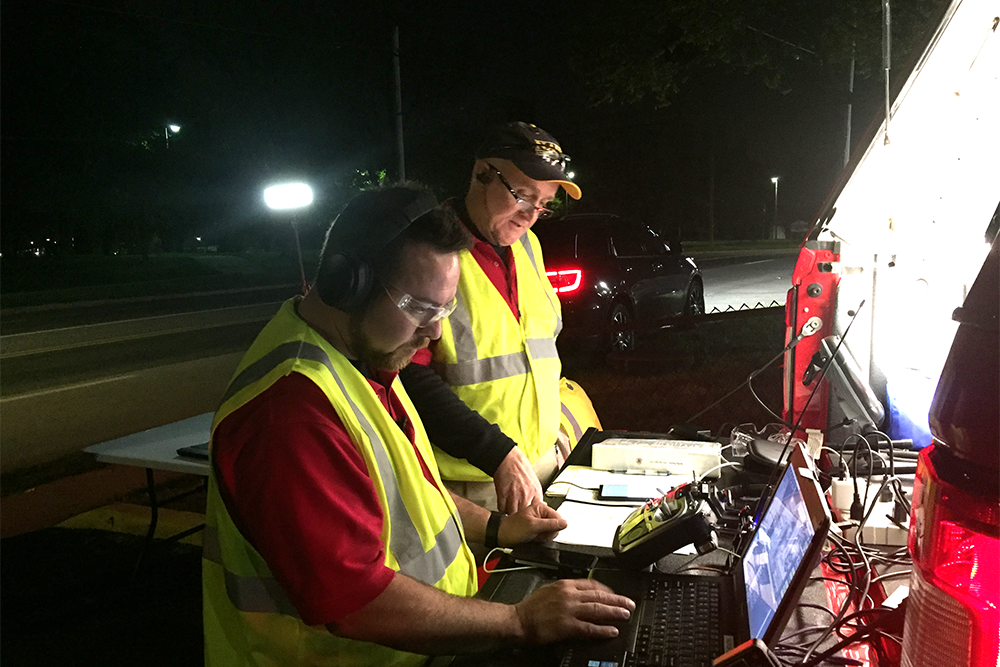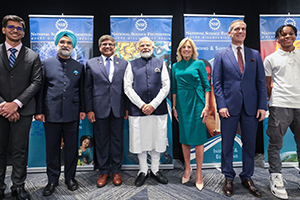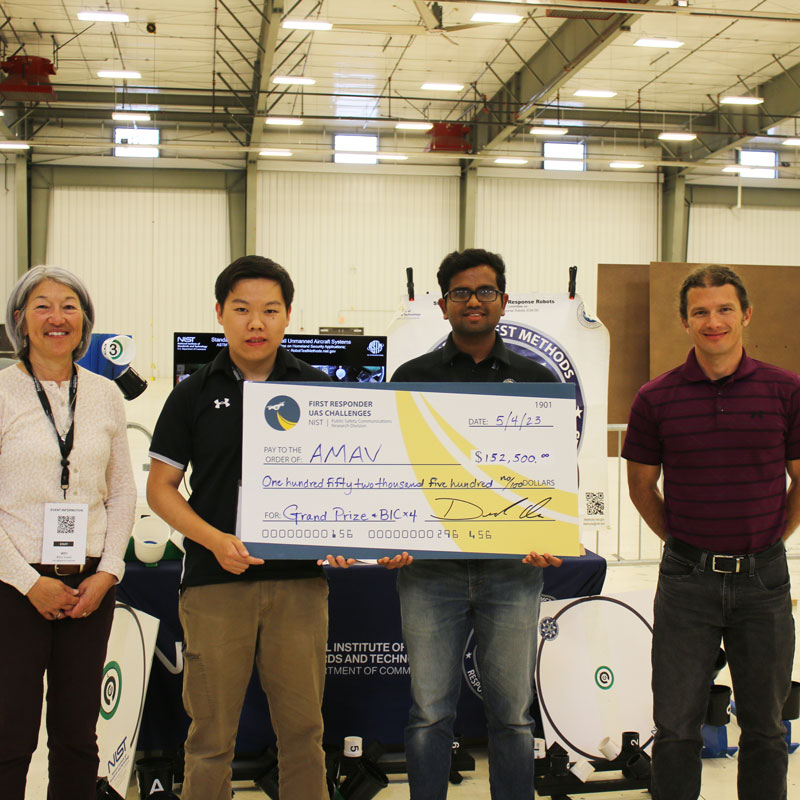News Story
UMD's Paley Wins Grant for Micromobility Study
 As little as two years ago, e-scooters were a rare sight in the United States. Not so today. Their use has grown dramatically since 2018, spurred by rideshare services—like Bird, Lime, and VeoRide—that allow users to rent one quickly with the help of an app. But increased convenience and mobility are only one part of the story. The trend has also fueled concerns over problems ranging from rider injuries to irritated pedestrians.
As little as two years ago, e-scooters were a rare sight in the United States. Not so today. Their use has grown dramatically since 2018, spurred by rideshare services—like Bird, Lime, and VeoRide—that allow users to rent one quickly with the help of an app. But increased convenience and mobility are only one part of the story. The trend has also fueled concerns over problems ranging from rider injuries to irritated pedestrians.
Derek Paley, an A. James Clark School of Engineering professor whose many interests include autonomous vehicles, robotics, and group dynamics, believes rigorous, data-driven analysis is needed in order to more fully understand both the benefits and risks of e-scooters. With the help of an Maryland Transportation Institute (MTI) Seed Grant, Paley has launched an ambitious research project that includes both lab tests and computer modeling.
One key area of focus will be the ways in which e-scooter users adapt to an urban infrastructure that was not built with such vehicles in mind.
“Scooters are in no-man’s land, in a sense,” Paley explains. “They’re not necessarily safe in the street, but don’t belong on the sidewalk either.” In this situation, rider and pedestrian safety can be impacted by factors such as the location of a rack or rental station: if users have to cross a pedestrian-heavy area to reach it, the risks of an incident increase.
In his Seed Grant research, Paley will be collaborating with Jae Shim of the UMD School of Public Health, with Shim setting up an experimental space equipped with an actual scooter and Paley creating computer models and simulations, and conducting data analysis. The two methodologies are a potent combination: while a lab-based human experimental setting can provide data on biomechanics and movement control, a simulation can help researchers investigate phenomena—such as group behavior or response to infrastructure—that are difficult to test in a lab.
“As an engineer, I think about different aspects of the technology, including the potential for automation."
It’s a relatively new research avenue for Paley, whose home base is UMD’s highly-ranked aerospace engineering program, but one that aligns with his existing projects. As director of the Maryland Robotics Center, the Collective Dynamics and Control Laboratory, and the Autonomous Micro Air Vehicle Team at UMD, he has a longstanding interest in emerging technologies, the way they impact human behavior, and the potential to use computer models in order to better understand both.
These days, Paley not only studies e-scooters, but also uses them. Visit his office and you’ll see a small, unicycle-like device with a convenient carrying handle—unlike a conventional unicycle, though, it doesn’t simply tip over if you let it go. Paley uses this compact e-scooter to get around the large UMD campus, and he says it’s been a tremendous boon, cutting down on his commute time to classes and meetings, and providing exercise in the process. He’s also found that the vehicle makes an excellent teaching tool, allowing him to demonstrate a number of aerospace engineering principles.
Though the difficulties of integrating such vehicles into the urban environment are very real, so are the benefits, he says—whether in terms of health, fitness, convenience, or reducing carbon emissions. Given his research background, it’s no surprise that he’s interested not only in riding e-scooters, but in scooters that—someday—may drive themselves.
“As an engineer, I think about different aspects of the technology, including the potential for automation,” Paley says. “It’s not such a big leap for me, since I already work with quadrotors that fly themselves and underwater vehicles that don’t need human pilots. We’re already seeing interest in the possibility of self-driving scooters, tied into the scooter-share model: in the future, you may be able to open an app on your phone and have the scooter come and meet you.”
“There’s lots of room for innovation.”
Published February 5, 2020
